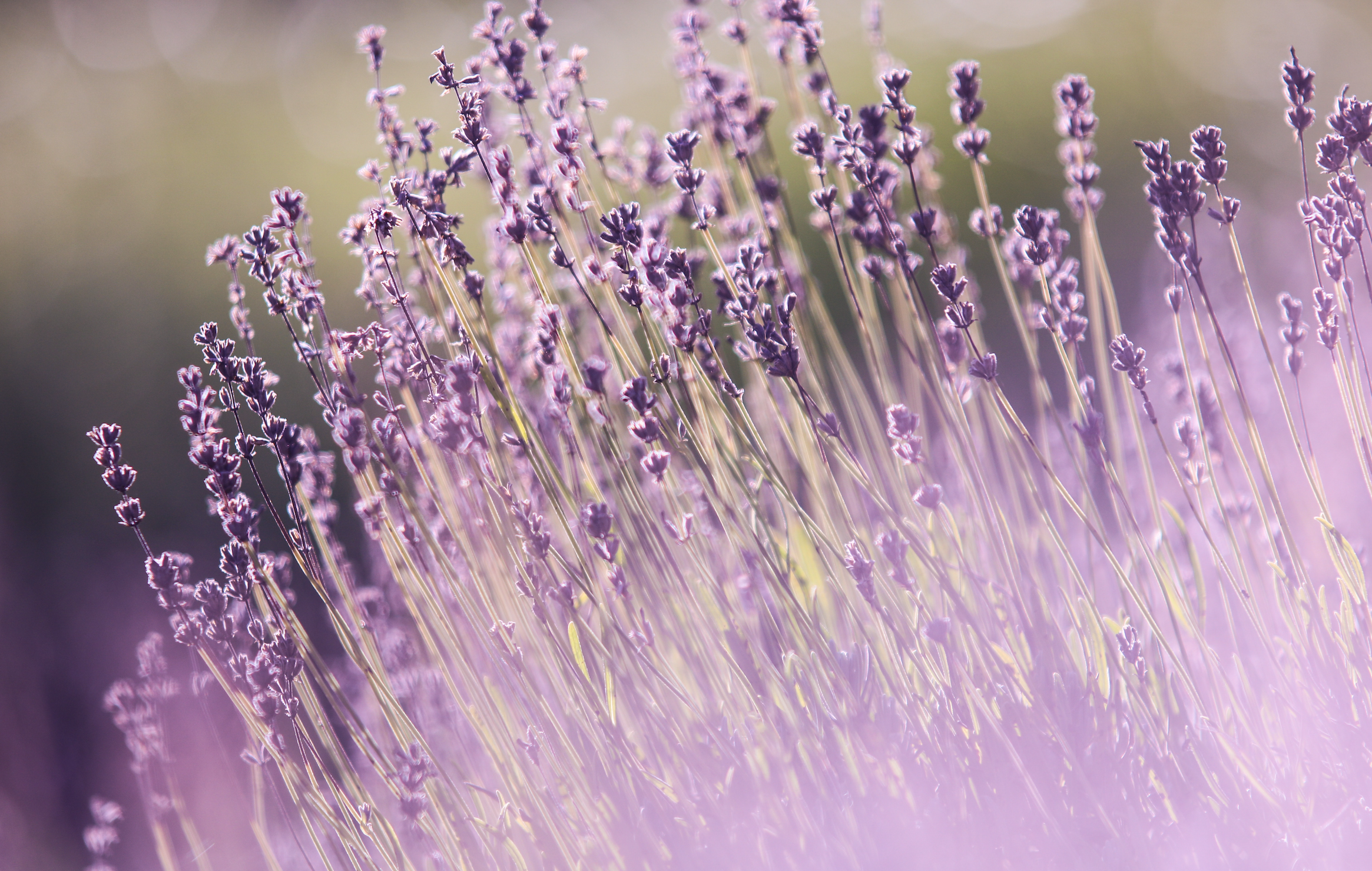The healing power of plants is something that never fails to amaze us. A plant-based diet can offer all the necessary protein, fats, carbohydrates, vitamins, and minerals for optimal health, while also preventing a host of chronic diseases. Plant-derived skincare ingredients are also full of active compounds and, when applied topically, these plant extracts have healing, anti-inflammatory, antioxidant, and antimicrobial benefits. Simply spending time among plants has been linked to both cognitive benefits and improvements in mood, mental health, and emotional well-being, and even the humble house plant improves concentration and productivity and reduces stress levels.
Another way to tap into the magical power of plants is to literally breathe it in. All plants emit volatile organic compounds (VOCs) and essential oils, known as phytoncides, from their flowers, leaves, and roots. These compounds act as a defense system, protecting them against bacteria, insects, and fungi. Phytoncides also contain terpenes, the aromatic compounds that give plants their distinct aroma. There are thousands of phytoncides, but the most common are α-pinene, d-limonene, β-pinene, sabinene, myrcene, and camphene–all of which have antioxidant, anti-inflammatory, anxiolytic, and even antidepressant properties. And, when we inhale phytoncides, these beneficial effects are transferred to the body and mind both pharmacologically and psychologically. Recent studies in Japan* have shown that “forest bathing”, the practice of breathing deeply while in nature, can improve sleep quality, mood, ability to focus, and stress levels, as on a pharmacological level, terpenes from phytoncides interact with the serotonin and dopamine systems in the brain, stimulating the body’s immune response and reducing oxidative stress, lowering nervous system activity, and reducing cortisol levels, enhancing sleep and even reducing blood glucose levels.
Essential oils, the volatile and concentrated liquids extracted from different parts of plants, are also phytoncides, and the bioactive compounds found in these oils, namely terpenes, can provide many of the same benefits as Forest Bathing.
Aromatherapy–the practice of using essential oils for therapeutic benefit–has been used for centuries by ancient cultures in China, India, Egypt, and beyond to enhance both physical and emotional health and to treat disease. Aromatherapy works by stimulating the olfactory nerves in the nose, which then send messages through the nervous system to the limbic system, the amygdala (the area of the brain responsible for processing emotion), and to the hippocampus (the area linked to memory and cognition). Neuroscientists believe that this close physical connection between the regions of the brain linked to memory, emotion, and our sense of smell may explain why our brain learns to associate smells with certain emotional memories and why they can also serve as a memory trigger.
Psychologically, studies have also shown that pleasant aromas improve mood and decrease anxiety. So, whether it be a body lotion, a bath oil, or a scented candle, plant-powered aromas truly have the power to alter our mood. Here are favorites that promote increased alertness and positivity, create feelings of calm, tranquility, and relaxation, provide clarity and focus, and help ease stress and insomnia.


